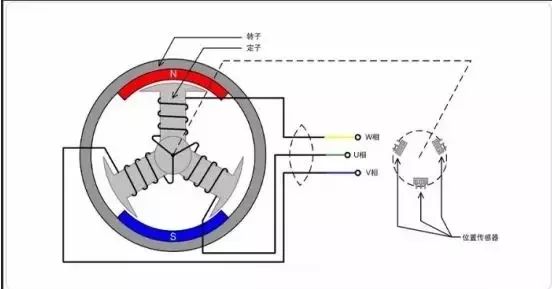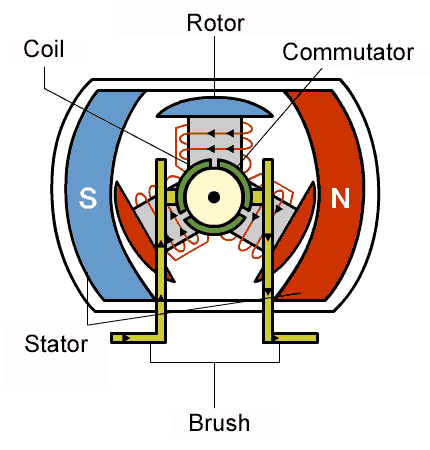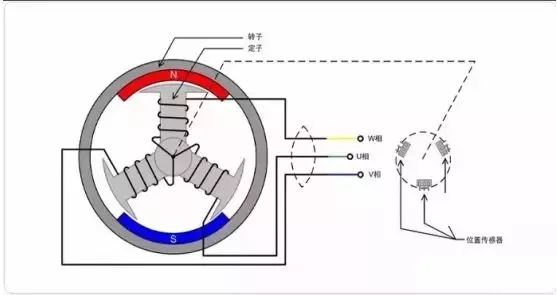If you’re shopping for an electric motor, you may have come across the terms “brushed” and “brushless” and wondered what they mean. These terms refer to the way that the motor is powered and controlled, and understanding the differences between them can help you choose the right motor for your needs.
Brushed motors are the most common type of electric motor, and they are found in a wide variety of household and industrial devices. These motors use a set of brushes to transfer electricity to the rotor, which is the moving part of the motor. The brushes are made of a conductive material, such as carbon, and they are in contact with the rotor through a set of commutator rings.
One of the main advantages of brushed motors is their simplicity and low cost. They are relatively easy to manufacture and maintain, and they can be found in a wide range of applications. However, they do have some limitations. For example, the brushes can wear out over time, leading to reduced performance and shorter lifespan. Additionally, brushed motors tend to produce more electrical noise than brushless motors, which can be a concern in some applications.
Let me show you how it works

 Brushless motors, on the other hand, use electronic controls to power the rotor, rather than brushes. This means that there are no physical contact points between the rotor and the power source, which can lead to improved efficiency and longer lifespan. Brushless motors are often used in high-performance applications, such as electric vehicles and drones, where efficiency and reliability are critical.
Brushless motors, on the other hand, use electronic controls to power the rotor, rather than brushes. This means that there are no physical contact points between the rotor and the power source, which can lead to improved efficiency and longer lifespan. Brushless motors are often used in high-performance applications, such as electric vehicles and drones, where efficiency and reliability are critical.

The motor is mainly composed of a stator made of permanent magnetic material, a rotor (armature) wound with a coil winding, a commutator, and brushes. As long as a certain direct current is applied to the A and B ends of the brush, the motor’s commutator will automatically change the direction of the motor rotor’s magnetic field, so that the rotor of the direct current motor will continue to operate.

One of the main disadvantages of brushless motors is their cost. They are typically more expensive to manufacture than brushed motors, and they require more complex electronic controls. However, the improved performance and reliability of brushless motors can often make up for this additional cost in the long run.
In summary, brushed and brushless motors are two different types of electric motors that use different methods of powering and controlling the rotor. Brushed motors are simple and low cost, but they can produce more noise and have a shorter lifespan. Brushless motors are more expensive, but they offer improved efficiency and reliability. Understanding the differences between these two types of motors can help you choose the right one for your needs.
 Electric Air Duster Manufacturer in China – Kinzir
Electric Air Duster Manufacturer in China – Kinzir